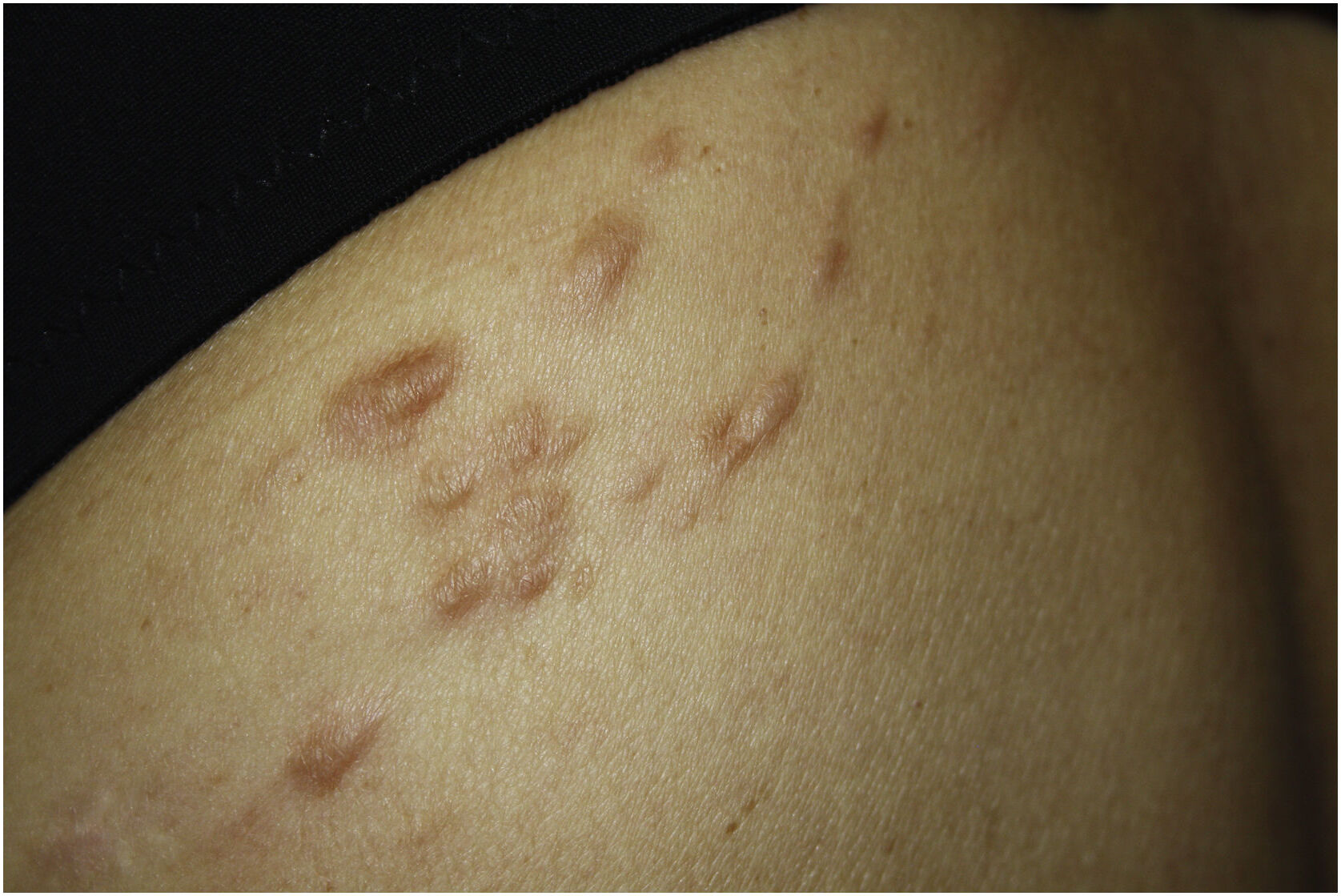
What is Hereditary Leiomyomatosis and Renal Cell Cancer Syndrome (HLRCC)? HLRCC is a rare genetic disorder that causes benign smooth muscle tumors, known as leiomyomas, to develop on the skin and in the uterus. People with this condition also have a higher risk of developing a specific type of kidney cancer called renal cell carcinoma (RCC). The syndrome is caused by mutations in the fumarate hydratase (FH) gene, which disrupts normal cellular metabolism. HLRCC is inherited in an autosomal dominant pattern, meaning a single copy of the mutated gene can cause the condition. Early diagnosis and regular screening are crucial for managing HLRCC effectively.
What is Hereditary Leiomyomatosis and Renal Cell Cancer Syndrome?
Hereditary Leiomyomatosis and Renal Cell Cancer Syndrome (HLRCC) is a rare genetic disorder. It involves the development of benign tumors and an increased risk of kidney cancer. Here are 20 key facts about this condition.
-
Definition and Classification
HLRCC is classified as a hereditary renal cancer syndrome. It includes other disorders like Von-Hippel-Lindau disease and Birt-Hogg-Dube syndrome. -
Genetic Basis
HLRCC is caused by mutations in the fumarate hydratase (FH) gene. This gene is crucial for cellular metabolism. -
Inheritance Pattern
HLRCC follows an autosomal dominant inheritance pattern. A single copy of the mutated gene can cause the condition. -
Prevalence
HLRCC is rare, with only 200-300 families reported worldwide. It might be underdiagnosed, meaning more people could have it.
Clinical Manifestations of HLRCC
HLRCC presents with various symptoms, mainly involving the skin, uterus, and kidneys. Understanding these manifestations helps in early diagnosis and management.
-
Cutaneous Leiomyomas
These are small, firm bumps on the skin. They are benign but can cause pain or itching. -
Uterine Leiomyomas (Uterine Fibroids)
Women with HLRCC often develop uterine fibroids. These benign tumors can lead to heavy menstrual periods and pelvic pain. -
Renal Cell Carcinoma
The most serious risk is renal cell carcinoma (RCC), especially type II papillary RCC. This form of kidney cancer is aggressive and can spread to other parts of the body.
Diagnosing HLRCC
Early and accurate diagnosis is crucial for managing HLRCC. Genetic testing and imaging studies play a significant role.
-
Genetic Testing
Diagnosis often involves testing for mutations in the FH gene. This is usually done when someone shows symptoms like skin and uterine leiomyomas. -
Imaging Studies
Imaging studies like ultrasounds or CT scans help confirm the presence of tumors. These are essential for monitoring kidney health.
Screening and Surveillance
Regular screening is vital for individuals with HLRCC. It helps in early detection and management of potential complications.
-
Annual Imaging
Annual imaging studies, such as ultrasounds or CT scans, are recommended. These help monitor for signs of renal cancer. -
Family Screening
Family members of affected individuals should also be screened. Genetic testing can identify carriers and at-risk relatives.
Treatment Options for HLRCC
Treatment varies depending on the symptoms and overall health of the individual. A multidisciplinary approach often yields the best results.
-
Cutaneous Leiomyomas Treatment
Options include surgical excision, laser therapy, or topical treatments. These can help manage pain and discomfort. -
Uterine Fibroids Management
Hormonal therapies or surgical interventions like myomectomy or hysterectomy are common. These treatments help manage symptoms and improve quality of life. -
Renal Cell Carcinoma Treatment
Surgical resection is the primary treatment for RCC. Chemotherapy or targeted therapies may follow to prevent recurrence.
Importance of a Multidisciplinary Approach
Given the complexity of HLRCC, a team of specialists is often required. This ensures comprehensive care and better outcomes.
- Team of Specialists
A multidisciplinary team may include dermatologists, gynecologists, urologists, geneticists, and oncologists. This team approach addresses all aspects of the syndrome.
Genetic Counseling and Psychosocial Impact
Living with HLRCC can be challenging. Genetic counseling and mental health support are crucial for affected individuals and their families.
-
Genetic Counseling
Genetic counseling helps individuals understand the risks and implications of HLRCC. It also aids in family planning and reproductive decisions. -
Psychosocial Support
Access to mental health services and support groups can be invaluable. These resources help manage anxiety, depression, and stress related to the syndrome.
Research and Future Directions
Ongoing research aims to improve our understanding and management of HLRCC. Advances in genetic testing and targeted therapies hold promise for the future.
-
Molecular Mechanisms
Research focuses on understanding the molecular mechanisms behind HLRCC. This knowledge could lead to more effective treatments. -
Targeted Therapies
Developing targeted therapies for RCC is a key area of research. These treatments aim to be more effective and have fewer side effects. -
International Collaboration
International collaboration is essential for advancing research and improving patient care. Organizations like the National Organization for Rare Disorders (NORD) play a crucial role in raising awareness and providing resources.
Final Thoughts on HLRCC
Hereditary Leiomyomatosis and Renal Cell Cancer Syndrome (HLRCC) is a rare genetic disorder with significant health implications. Caused by mutations in the fumarate hydratase (FH) gene, it leads to benign tumors on the skin and uterus, and increases the risk of aggressive renal cell carcinoma. Early diagnosis through genetic testing and regular screening is crucial for managing the condition. Treatment varies from surgical removal of tumors to targeted therapies for kidney cancer. A multidisciplinary approach ensures comprehensive care, while genetic counseling and family screening help manage risks for relatives. Awareness, education, and support groups play vital roles in helping patients and families navigate the challenges of HLRCC. Ongoing research and international collaboration aim to improve understanding and treatment options, offering hope for better outcomes in the future.
Was this page helpful?
Our commitment to delivering trustworthy and engaging content is at the heart of what we do. Each fact on our site is contributed by real users like you, bringing a wealth of diverse insights and information. To ensure the highest standards of accuracy and reliability, our dedicated editors meticulously review each submission. This process guarantees that the facts we share are not only fascinating but also credible. Trust in our commitment to quality and authenticity as you explore and learn with us.


